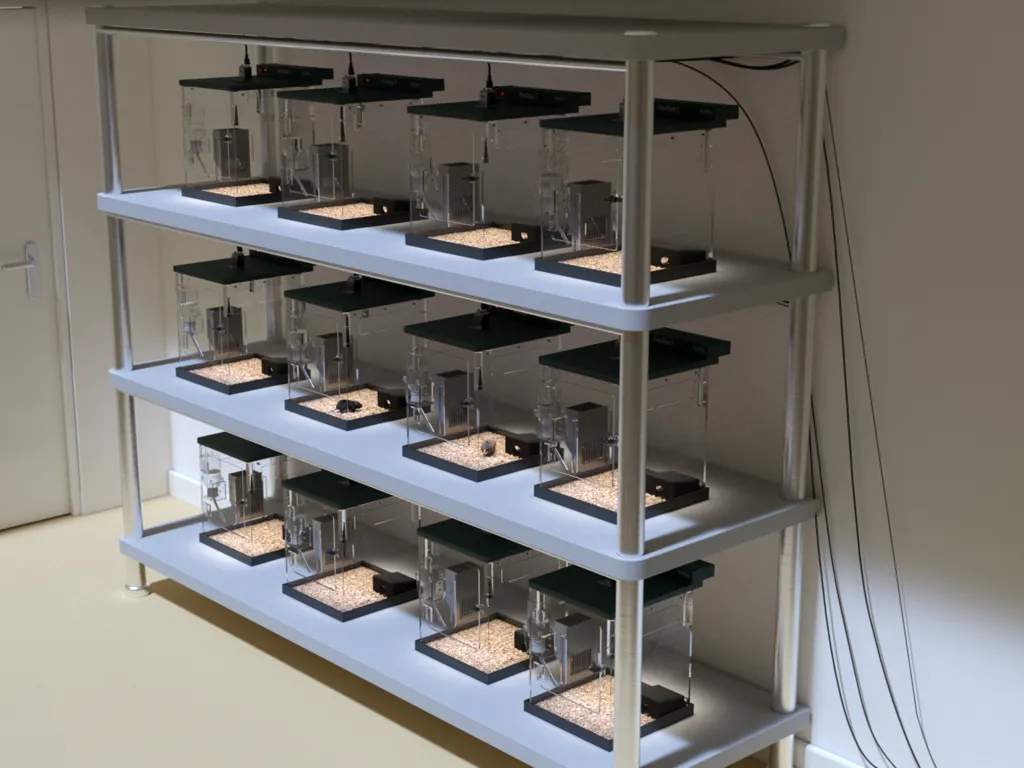All I need to know about PhenoTyper
Want to learn more about PhenoTyper? We have a great variety of materials for you to read.
- Extensive ebooks
- Interesting white papers
- Enlightening videos
These materials will help you better understand the full capabilities of the PhenoTyper.
